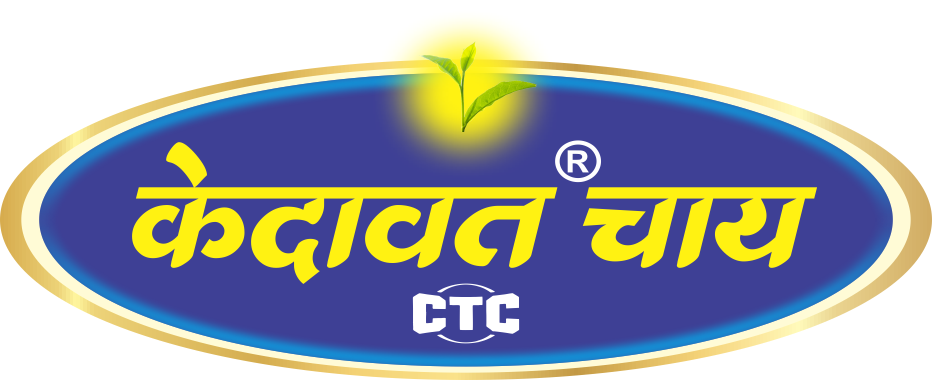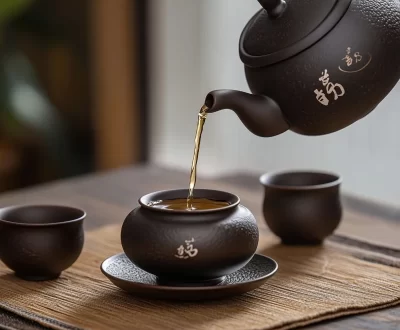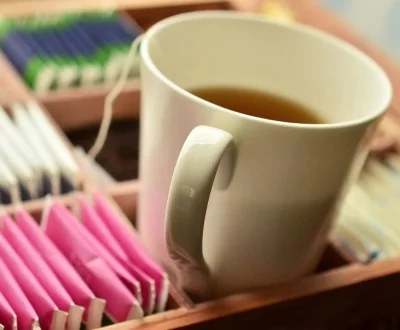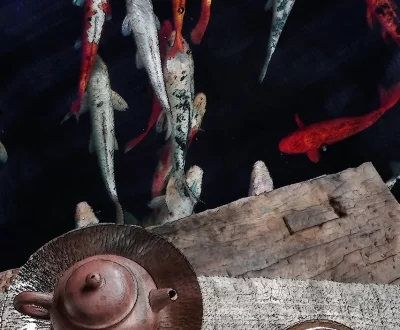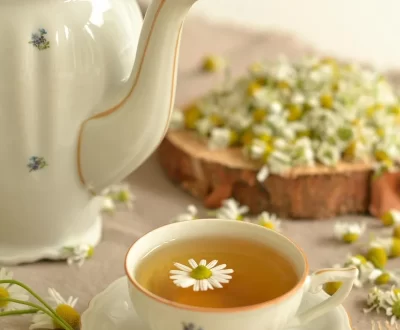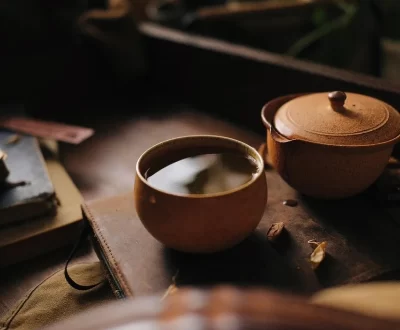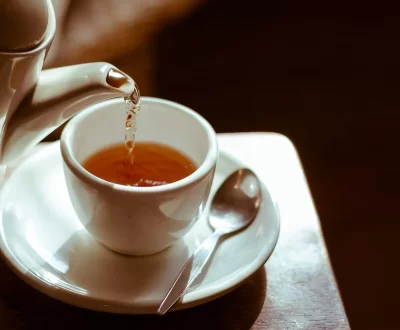Tea isn’t just a drink—it’s a global language. From busy city cafés in Tokyo to slow afternoons in London, tea has been bringing people together for centuries. Whether you sip it to study, socialize, or simply survive an 8 a.m. lecture, every cup connects you to a deep, beautiful tradition from somewhere in the world.
So let’s take a quick trip (no passport needed) and explore tea culture around the world—because trust us, there’s more to tea than just what’s in your dorm mug.
England:
You’ve probably heard of “afternoon tea”—tiny sandwiches, scones, and elegant teacups. But tea in the UK is more than a fancy affair.
Tea is a daily essential in British life. Think strong black tea (like English Breakfast) served with a splash of milk. It’s the go-to comfort drink, social ice-breaker, and even a way to handle stress. If something’s wrong, someone’s bound to say: “Shall I put the kettle on?”
Student fact: Brits drink around 100 million cups of tea a day. That’s some serious sipping!
Japan:
In Japan, tea isn’t just a drink—it’s a ritual. The Japanese tea ceremony, known as chanoyu, involves carefully preparing and serving matcha (powdered green tea) in a calm, meditative setting.
Matcha is a big deal here—not just for ceremonies, but also in modern cafés and boba shops. It’s rich, slightly bitter, and packed with antioxidants (great for brain power, by the way).
Try this: If you’re feeling stressed, whisking up a bowl of matcha can actually help you relax and reset.
India:
If you’ve had chai before, you’ve only scratched the surface. In India, chai means “tea,” and it’s often made with strong black tea, milk, sugar, and warming spices like cardamom, ginger, and cloves.
Chai is everywhere—in homes, street corners, train stations. It’s deeply social, comforting, and affordable. Plus, it’s one of the most flavour-packed teas in the world.
Student tip: Homemade chai can be a budget-friendly, energizing alternative to expensive coffee drinks.
China:
China is where tea was literally born, over 4,000 years ago. From delicate white teas to strong pu-erh and earthy oolongs, Chinese tea culture is diverse and full of meaning.
Drinking tea in China is often about slowing down and appreciating the taste. Tea is also used in ceremonies, family gatherings, and even job interviews.
Fun fact: Some Chinese universities serve tea at events to promote mindfulness and community—sounds perfect for student life, right?
Morocco:
In Morocco, tea means one thing: mint tea. Made with green tea, fresh mint leaves, and plenty of sugar, it’s a sign of hospitality and friendship.
It’s usually poured from high above the glass to create foam—and yes, the higher the pour, the better the host!
Final Sip
Tea is more than what’s in your mug—it’s culture, community, and connection. No matter where you’re from, there’s a tea that fits your story. So next time you brew a cup, remember: you’re taking part in a tradition shared by billions around the world.
Cheers—or should we say:
Kanpai. Santé. Chai peeyein. Cheers. Salaam.
More from our blog
See all postsRecent Posts
- Is tea good or bad for health? Let’s Talk Tea. September 3, 2025
- Beyond the Chai Wallah: Uncovering India’s Secret Tea Gardens September 3, 2025
- That Cup in Your Hand? It Has a Wild Story to Tell September 3, 2025
